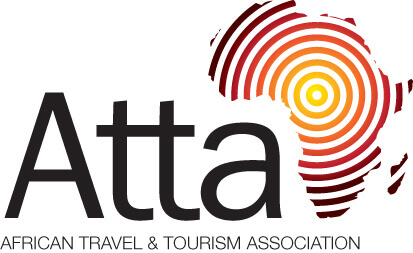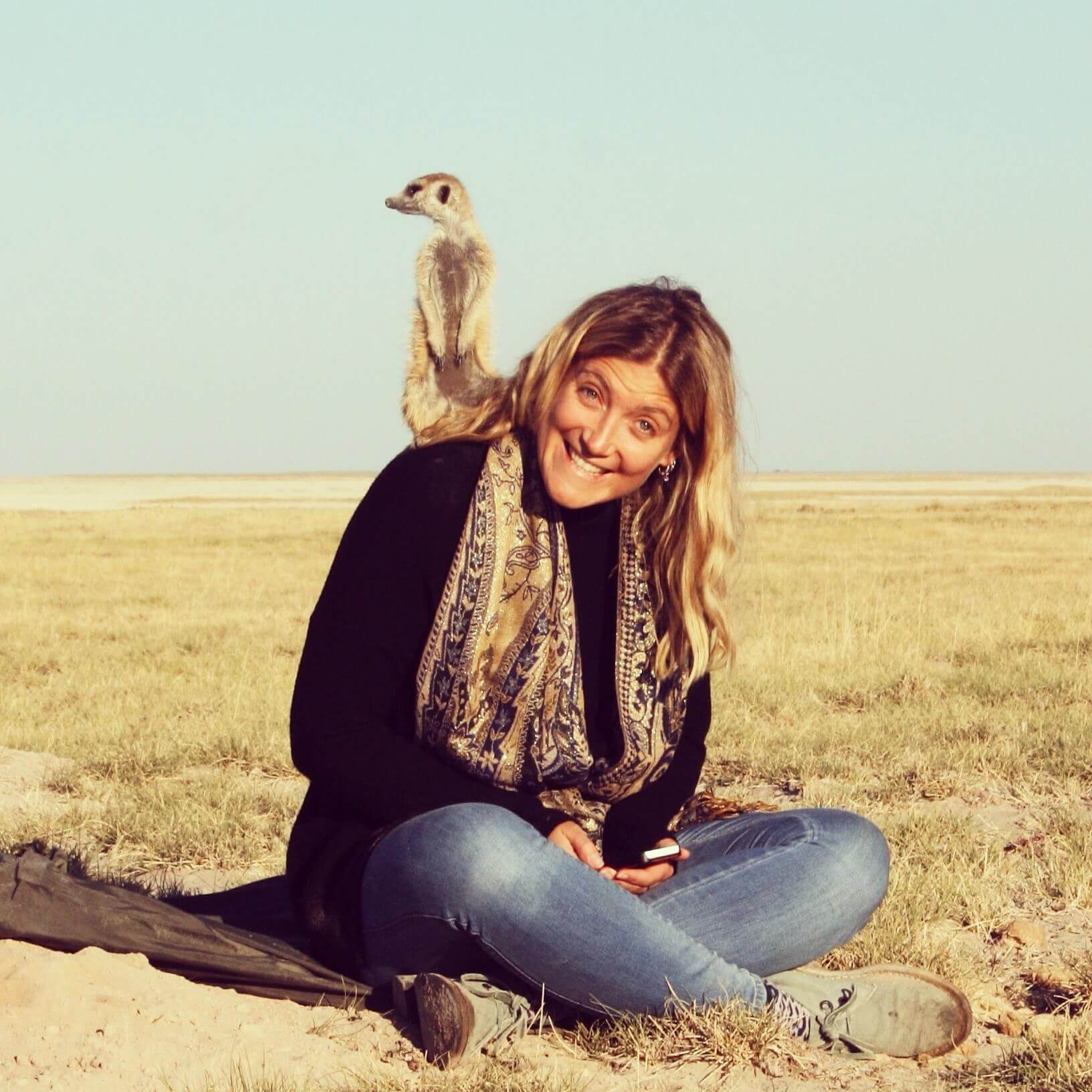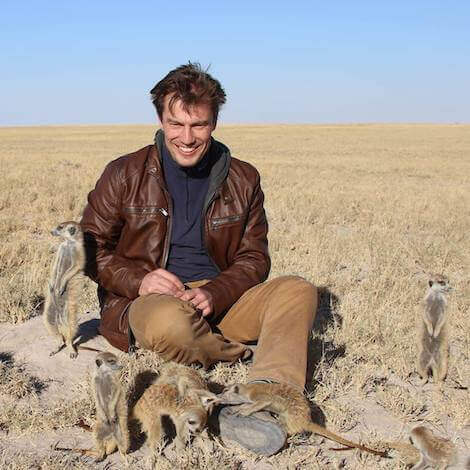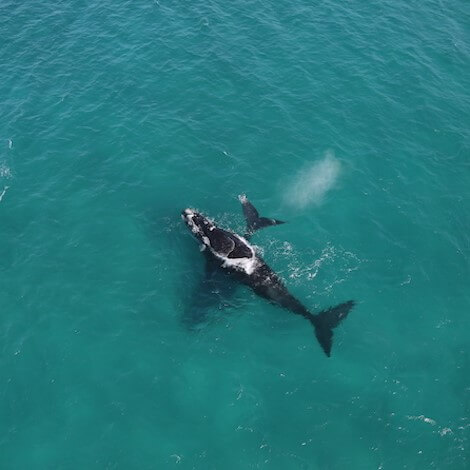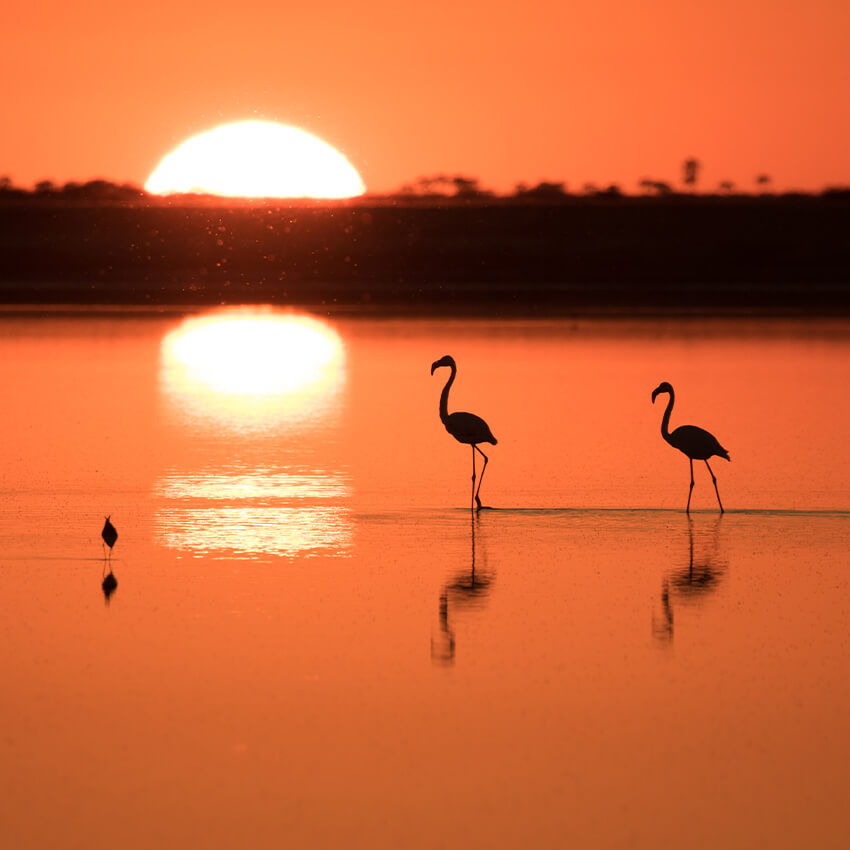Meet Our Private Guides: Alan McSmith
 Pru Allison
Pru Allison
 March 22, 2023
March 22, 2023
Alan McSmith has been a guide his entire working life and is widely respected for both his knowledge and his unique affinity with elephants. We sat down with the private guide to learn more…
NS: You’ve been guiding for 30 years, what did you do prior to that?
AM: “I began my life as a professional guide right after school so have not studied or worked in any other industry.”
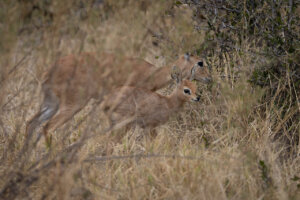
NS: In another life, what career path would you have chosen?
AM: “That’s an interesting question and I don’t rightly know! A golf caddie perhaps! I was never good enough to be a golfer but I love the game and I thought a pro caddie would be a substitute … I would get to travel the world, work outdoors and have a front row seat. With hindsight however, I am more than happy!”
NS: You’ve spent a lot of time with trackers and guides from the baYei, Bushmen, Herero and Shangaan tribes, what are the most important lessons you’ve learned from them?
AM: “For me, there is a vast difference between theoretical knowledge and knowing. While there is so much to learn about nature, ecology and animal behaviour etc, discovering this sense of being is so important. Not only for guides but in every walk of life. To spend time with San Bushmen, the oldest and most successful culture ever known, is an enchanting and inspiring adventure. Perhaps the most inspiring lesson is discovering how to look at the inter-connections in nature and our environment. The animals and plants all have stories to tell, and these stories are written in the wild landscapes around us. And they cannot be separated from those of our own.”
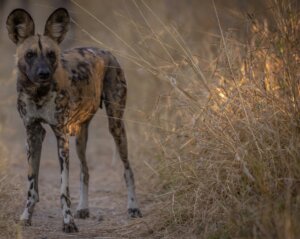
NS: What is the wilderness to you?
AM: “I believe the greatest craving we all have is the desire to find peace, stillness or a sense of belonging. An ease with the present moment. This is where we are at home with ourselves and this is the space from which inspiration and creativity emerges. So conservation is not merely the preservation of outer landscapes… it is the preservation of inner landscapes too, those that define us as human beings. Wilderness affords this for us. This is why it’s so crucial to conserve nature and wild places.”
NS: You can sit around the fire with 5 guests. Where is the campfire and who are the guests?
AM: “That’s a tough one! I can give your 3 off the bat: the Presidents of Angola, Namibia and Botswana. Why? So we can discuss the merits of conserving the Okavango Catchment System in Angola, the middle river in Namibia, and the delta in Botswana. Although the delta has been proclaimed a World Heritage Site, this is pretty much senseless without protecting what lies upstream. A meaningful wilderness experience may persuade these change-makers to collaborate more effectively. Then perhaps the late Buddhist Zen master Thich Nhat Hanh to teach us all about compassionate listening. He would definately influence the politicians. The remaining chair at the fire (with extra firewood) would be reserved for Sir David Attenborough.”
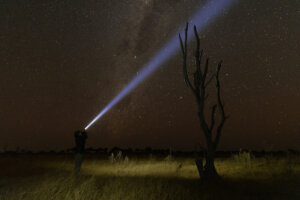
NS: If you could hybridise the qualities of 2 animals to create a new one, which two would you combine?
AM: “Mmmm this is difficult. How about an elephant with a chameleon? In this way the ele would be able to change colour and hide from poachers more effectively, and still be around to provide us with so much enjoyment, awe and wonder. But I wouldn’t make him eat flies though.”
NS: If you could rewild any place in the world where would it be?
AM: “I believe it would be in north-central Botswana where the largest (it still is the longest) zebra and wildebeest migrations in Africa once occurred. Can you imagine the sight of millions of animals moving freely between the Okavango and Chobe systems, deep into the Kalahari? And the predators that would be following! Oh my word! Imagine the beautiful chaos, the dust created by millions of hooves at sunset and the cacophony of sound into the night. Heaven.”
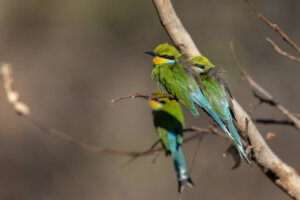
NS: We hear you’ve a particular affinity with elephants… please tell us more
AM: “I’m not so sure if anything can adequately prepare you for a meaningful elephant encounter. The largest and most iconic land mammal on the planet can certainly be intimidating, but their intelligence and high degrees of sentiency are often surprising. As ecological keystones they are the great grey landscapers of the bush, as their activities, biology and movements provide water, opportunity and habitat for countless other species of mammals, birds, reptiles, insects and plants. Agents of diversity, it could be said. Spending time with wild elephants, especially on foot is both deeply enchanting and humbling… it’s an exhilarating experience! Try it: I invite you to spend time silently tracking an old bull along an ancient elephant path… it will be a keystone moment of your safari!”
NS: Please tell us your favourite campfire story
AM: “How much firewood do we have? If I only have one then it would be the story of an elephant flipping an upside down tortoise back on his feet and saving his life. True story! It shows the levels of intelligence and empathy that eles possess.”
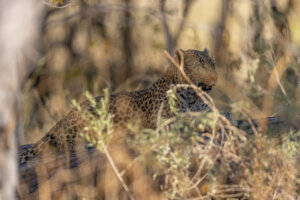
NS: Would you rather come face to face with a lion sized mouse or 50 mouse sized lions?
AM: “50 mouse sizes lions for sure. At least I would have some idea of what to do!”
NS: Please show us your favourite safari photo and tell us more about it.
AM: “It’s a photo taken with legendary Bushman guide Cobra Kepile in Makgadikgadi in Botswana. I recall the first time I met Cobra; it was as if I had met an ancestor. Never have I come across anyone so connected and comfortable; deeply humbling and inspiring. Although the spirit of timelessness is very much alive in Makgadikgadi, this great man is one of the last vestiges of an ancient legacy, one as old as it gets.”
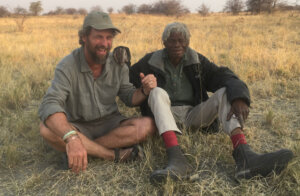
Photos by Alan McSmith
Special Offers
Our special offers are designed to help you experience everything southern Africa has to offer whilst also saving some all-important pennies. Whether you’re about to embark on a once-in-a-lifetime solo trip, or are celebrating a special occasion, have a peek at our offers and see what could be in store for you.
